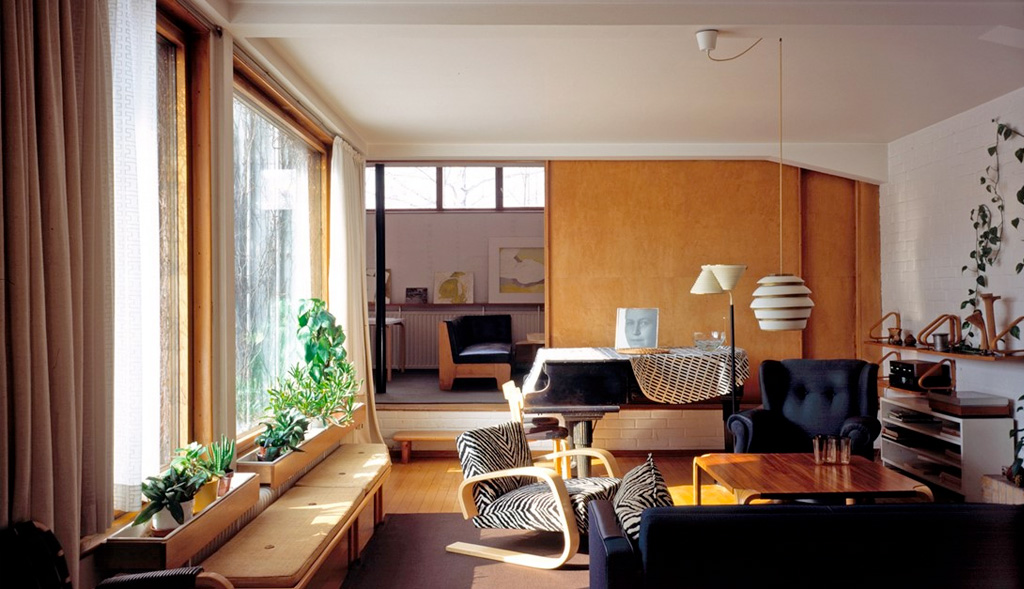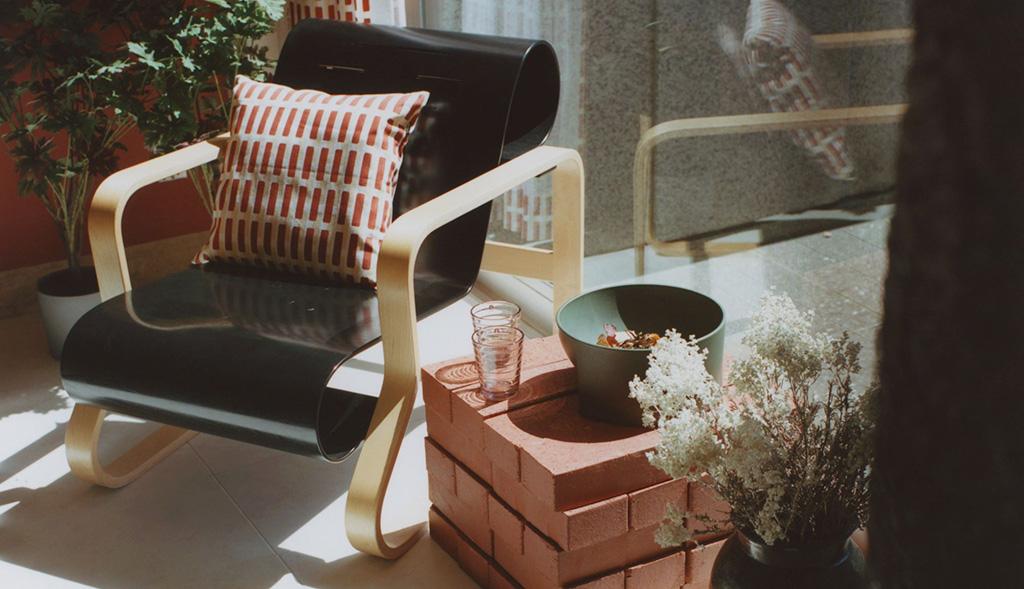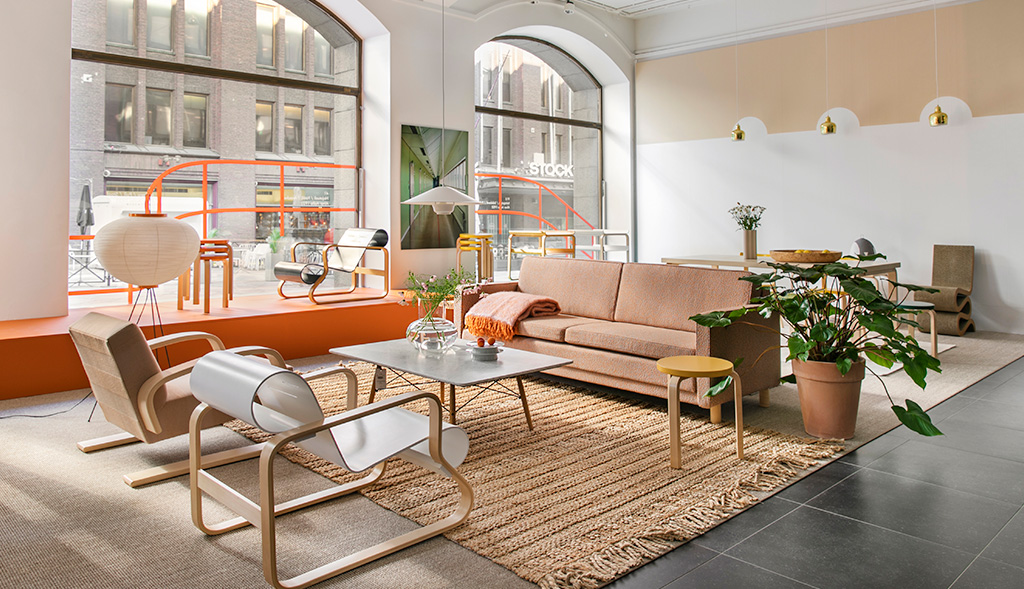The Enduring Legacy of Aino and Alvar Aalto: Pioneers of Modern Design
A modernist dream team
Alvar and Aino Aalto, a pioneering Finnish couple, left an indelible mark on the world of modern architecture and design. Born in Kuortane, Finland, in 1898 and 1894 respectively, Alvar and Aino Aalto met while studying architecture at the Helsinki University of Technology. Their partnership, both professional and personal, would go on to shape the trajectory of modern design.

Alvar Aalto, often hailed as a master of modernism, was not confined by rigid design ideologies. Instead, he embraced a holistic approach, blending functionality with organic forms and a deep respect for the natural world. Early in his career, Aalto's work reflected the influence of various European architectural movements, including a stint at the renowned Cranbrook Academy of Art in the United States.
Aino Marsio, before becoming Aalto through marriage, was a skilled architect and designer in her own right. She shared Alvar's commitment to creating a harmonious relationship between human beings and their environment. The duo collaborated on numerous projects, with Aino bringing her unique perspective to the table.

The Aaltos' breakthrough came in the 1930s with the design of the Paimio Sanatorium. This project showcased their innovative use of materials, particularly bentwood, and the seamless integration of functional design with a human-centric approach. The Paimio Chair, designed for the sanatorium, exemplifies their emphasis on both comfort and aesthetics. With its ergonomic form and elegant lines, the chair remains an iconic piece in modern furniture design.
The couple's commitment to a total design philosophy extended beyond architecture and furniture to include glassware, textiles, and everyday objects. Aino Aalto, in particular, played a significant role in developing glassware for the Iittala company. Her Aalto glass series, characterized by its organic shapes and fluid lines, became a timeless classic.



In 1935, the couple co-founded Artek, a furniture company that would become synonymous with the Aaltos' design principles. Artek aimed to bring modern, functional, and human-centred design to a broader audience. The company's products often featured natural materials like wood and showcased the Aaltos' emphasis on craftsmanship.
Artek's most iconic piece is the L-leg system, introduced in 1933, which became a hallmark of Aalto furniture. This innovative leg design allowed for the creation of lightweight, yet sturdy, wooden chairs and tables. The L-leg system exemplified the Aaltos' commitment to both practicality and artistic expression.
Stool 60 is arguably the most celebrated design to feature the L-leg system today. Read more about this design icon in "Spotlight on Aalto's Artek Stool 60"


The outbreak of World War II disrupted the Aaltos' professional pursuits, but they persevered, continuing their design work and focusing on rebuilding a post-war Finland. In the post-war era, Alvar Aalto gained international acclaim, contributing to major projects such as the Finnish Pavilion at the 1939 New York World's Fair and the headquarters of the United Nations in New York.
The Aaltos' impact on modern design extended far beyond their native Finland. Their innovative, human-centred approach continues to influence architects and designers worldwide. Artek, the company they co-founded, remains a key player in the design industry, dedicated to producing timeless pieces that embody the Aaltos' vision of a harmonious and functional living environment. The legacy of Alvar and Aino Aalto endures not only in their architectural masterpieces but also in the enduring relevance of their design philosophy.
Shop the official licensed Artek collection, featuring designs from Aino and Alvar Aalto today at Utility.
Time for more? A Look Inside The Alvar Aalto House | Mies van der Rohe & The Barcelona Pavillion | The Vernor Panton S Chair|
-
Designer ProfilesIntercontinental Polymath; The Life And Work Of Isamu NoguchiRead More
One of the most acclaimed sculptors and product designers of the 20th century, Isamu Noguchi was one of the most formidable figures in design in the years following the Second World War. A sculptor by trade, Isamu Noguchi was born...
-
Designer ProfilesThe World Of Robin Day, a Mid-Century British Icon.Read More
One of the most influential British designers of the 20th century, Robin Day’s work has recently seen something of a renaissance, thanks to reissues of a number of classic pieces from Case Furniture and &Tradition. Something of a polymath, the...


